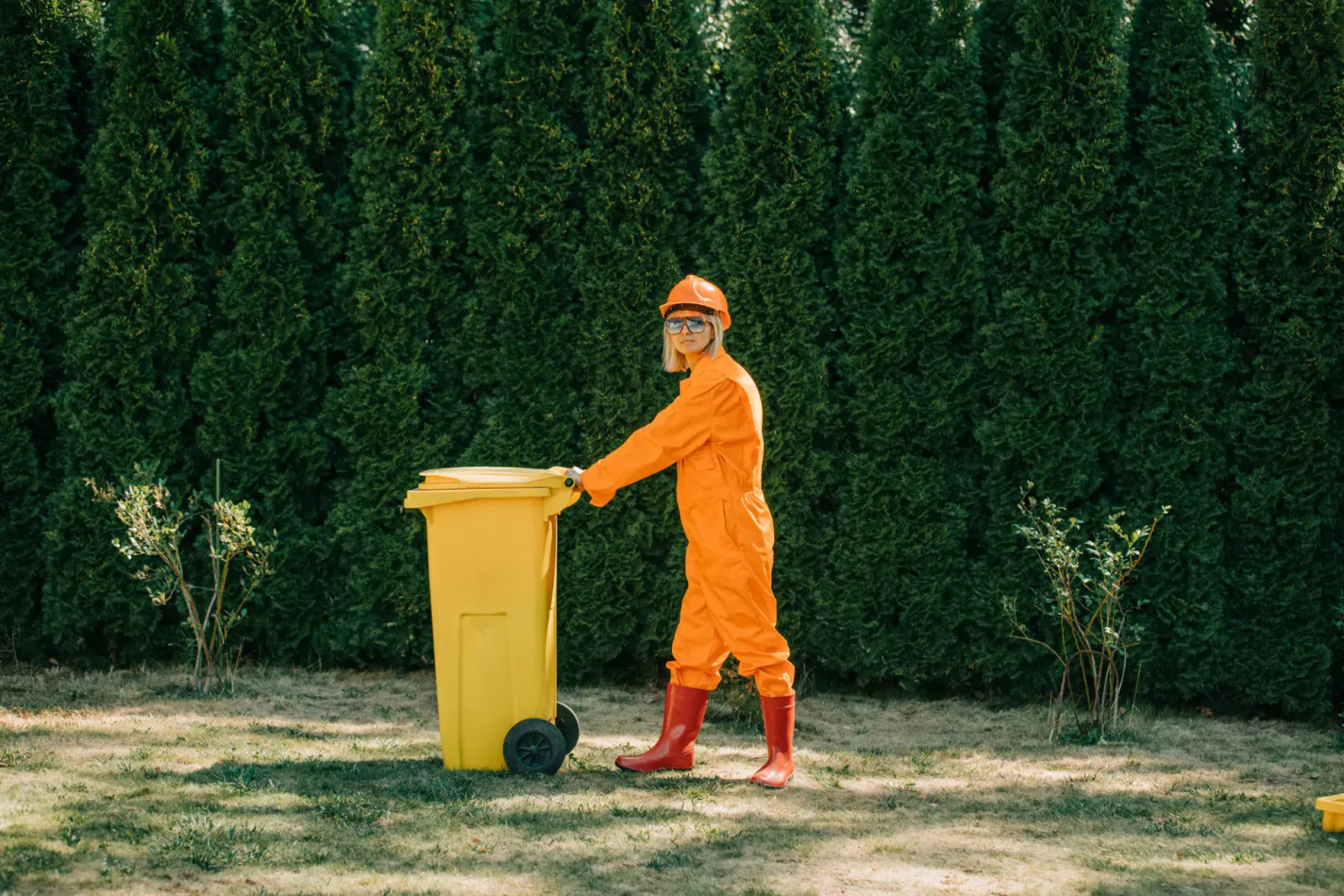

Getting Started Guide: How to Use a Spill Control Kit
In any workplace where liquids are handled, the potential for spills is a constant risk. Effective management of these incidents is crucial for maintaining safety, preventing damage, and ensuring compliance with health and safety regulations. A spill control kit is an essential tool in this regard, and knowing how to use it effectively is just as vital. This guide provides a comprehensive overview of how to utilise a spill control kit to ensure your workplace remains as safe and compliant as possible.
Step One: Assessing the Spill
The first step in any spill response is to assess the situation carefully. Identifying the nature of the spilt substance is crucial as different liquids pose various levels of hazard. Factors such as the chemical properties of the liquid, the volume spilt, and its potential trajectory are critical considerations. This initial assessment will determine the required safety measures and the type of spill control equipment needed.
Wear Suitable Personal Protective Equipment (PPE)
Personal safety should always be the priority in handling spills. It is essential that everyone involved in the cleanup process wears the appropriate personal protective equipment (PPE). This may include:
- Safety goggles: To shield the eyes from hazardous splashes.
- Rubber aprons and gloves: To protect the skin and hands from harmful chemicals.
- Specialised chemical protective clothing: For handling particularly dangerous or aggressive substances.
Always inspect the PPE for any damage before use. In cases of uncertainty regarding the risks posed by a spill, it is advisable to opt for the highest level of protection available.
Gather Spill Control Kit
A well-prepared spill response plan includes strategically placed spill kits within easy reach, particularly in areas where spills are most likely to occur. At SpillShop, we stock wall-mounted kits to make this easy, giving you a very quick-to-reach option that does not diminish floor space. Having everything you need at hand significantly reduces response times and helps contain the spill more quickly.
Contain the Spill
Cleaning up a spill is only useful if you first prevent it from spreading elsewhere. Use the absorbent socks to circle the area around the spill, and the sock will soak up any liquid that moves underneath the spill. Additionally, consider other ways in which the spill can spread, including stopping a leak that could be causing the spill which can be taken care of with a drip tray underneath the spill. Any drains that may be in the spill area should be covered using a drain seal, which is also included in some of our spill kits.
If the exact spill kit configuration you are looking for is not available, contact us directly and we can provide you with a custom spill control kit.
Absorb the Spill
Once the spill is contained, begin the absorption process. Deploy absorbent pads, rolls, or cushions over the affected area to soak up the liquid. They should be laid down systematically and replaced as needed until the spill is fully absorbed.
Clean Up the Spill
During cleanup, gently press down on the absorbents to maximise liquid uptake. Replace soaked materials with fresh absorbents regularly to ensure that the spill is being effectively managed. This step is crucial to prevent the spread of the spill and minimise potential hazards.
Dispose of Used Equipment
After the spill has been addressed, proper disposal of used materials is crucial. Contaminated absorbents and protective gear should be disposed of according to local regulations. Launder any reusable protective clothing and ensure all involved personnel uphold high standards of personal cleanliness, such as thorough handwashing.
Restock and Prepare
If your spill control kit supplies are depleted after an incident, restocking is essential. We supply spill kit refills which give you everything you need without the need to purchase a completely new kit.
Report the Incident
Documenting the incident thoroughly is an essential final step. This documentation should include details of the spill, the response actions taken, and any observations or lessons learned. Such records not only provide an official account but also help in refining future spill response strategies.
Choose SpillShop for Quality Spillage Control
For businesses seeking reliable spill control solutions, SpillShop offers a comprehensive range of products designed to keep your workplace safe and compliant. From small oil spill kits to large-scale industrial options, our products are tailored to meet the diverse needs of our clients. Contact SpillShop today to find out more about our spill control solutions and how we can help ensure your workplace is prepared for any incident.
